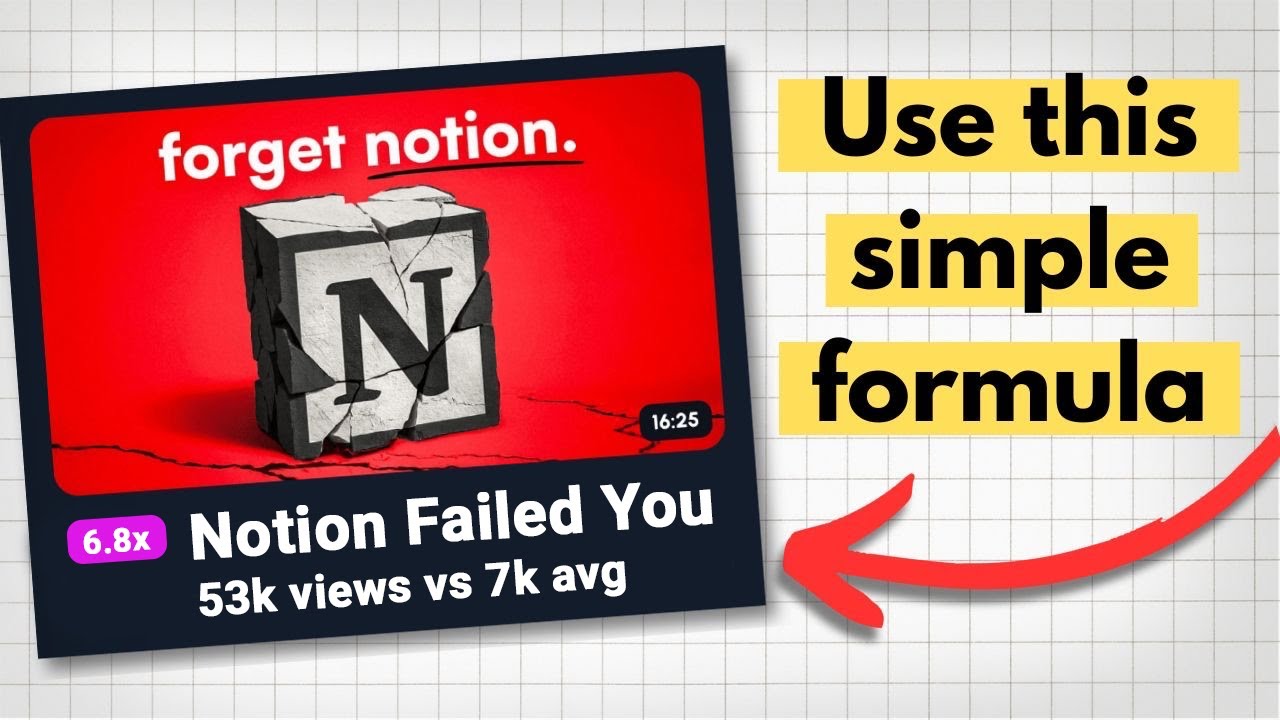Your Scriptwriting Partner
Learn to write more engaging YouTube scripts in under 2 minutes every Friday.



.webp)
After implementing this, our end screen click rate went from ~3% in our videos up to 15%+ for some videos.

Jay Clouse
@jayclouse
5.5m+ Views
110k+ Subcribers

Ali Abdaal
@aliabdaal
450m+ Views
5.9m+ Subcribers
One of the biggest obstacles to improving as a creator is not knowing what you're doing wrong and working with George provided the clarity we needed to identify these areas.

Abi Connick
@abiconnick
27m+ Views
389k+ Subcribers

Ed Lawrence
@Ed_FilmBooth
26m+ Views
375k+ Subcribers
He’s great at scripting YouTube content, and during the time we spent working together we created several videos that hit multiple millions of views.

Mike Shake
@mikeshake
764m+ Views
4m+ Subcribers

ConvertKit
@ConvertKit
20m+ Views
36k+ Subcribers
After implementing this, our end screen click rate went from ~3% in our videos up to 15%+ for some videos.

Jay Clouse
@jayclouse
5.5m+ Views
110k+ Subcribers

Ali Abdaal
@aliabdaal
450m+ Views
5.9m+ Subcribers
One of the biggest obstacles to improving as a creator is not knowing what you're doing wrong and working with George provided the clarity we needed to identify these areas.

Abi Connick
@abiconnick
27m+ Views
389k+ Subcribers

Ed Lawrence
@Ed_FilmBooth
26m+ Views
375k+ Subcribers
He’s great at scripting YouTube content, and during the time we spent working together we created several videos that hit multiple millions of views.

Mike Shake
@mikeshake
764m+ Views
4m+ Subcribers

ConvertKit
@ConvertKit
20m+ Views
36k+ Subcribers
Featured In


Trusted by some of the world's biggest creators















"Write On Time" Newsletter
Join 5,000+ scriptwriting nerds reading “Write On Time”.
Insights from writing for multi-million subscriber YouTubers sent to your inbox every Friday
The YouTube Scriptwriting Playbook
Get more views and scale your channel faster with a repeatable scriptwriting system.
Start with a half-formed video idea. Leave with a retention optimized script that's ready to record.
.svg)
Work With Me
Work directly with me through 1-1 coaching, script reviews and retention analysis.
Understand how to turn scriptwriting into your most valuable asset - so your viewers become loyal fans who click, comment and convert.

ScriptKit
Get the exact tools I use to run my 6-figure YouTube scriptwriting business.
These tools help me create better YouTube videos for clients, reach thousands through written content, and run a $100k+ per year business.
FREE Resources for YouTubers
Trusted by 5000+ creators.
I'm giving away the templates I developed while writing for Ali Abdaal, Mike Shake, and many more. Scripts written on these templates have gained millions of views.
The Retention Hub
80+ retention graph reviews. 40+ niches. All in a single database.
Filter by niche, views, retention problem (etc), to find advice that applies directly to your content.
Write On Time
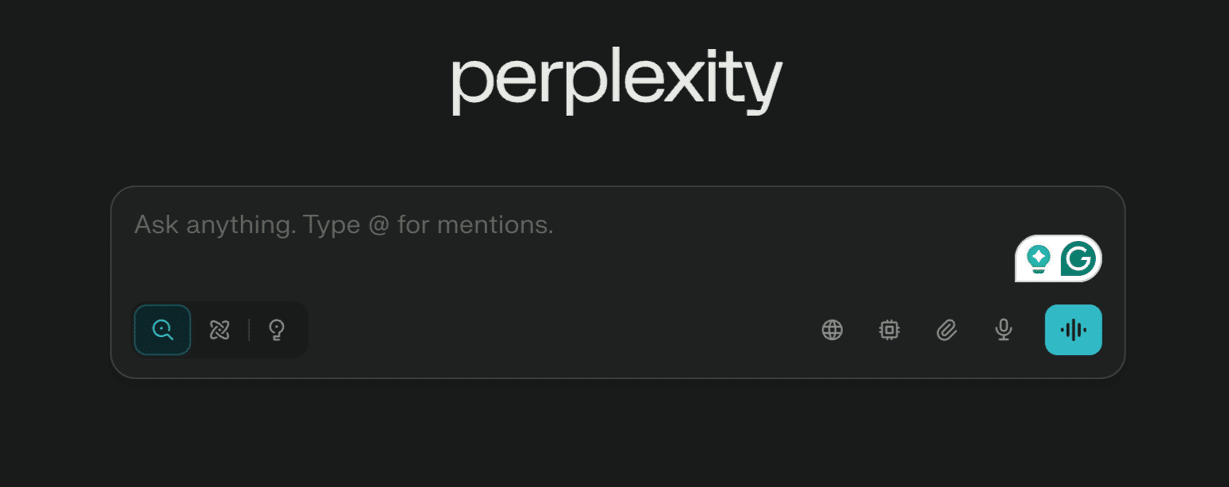
Use this tool to make script research FASTER
There's a free tool I'm using to "bulk out" my YouTube scripts that should be a no-brainer for your own arsenal.
You may already know about Perplexity, but I want to show you exactly how I'm using it in my scripts.
But first, what makes Perplexity different from ChatGPT or Claude?
On the surface, it looks very similar:
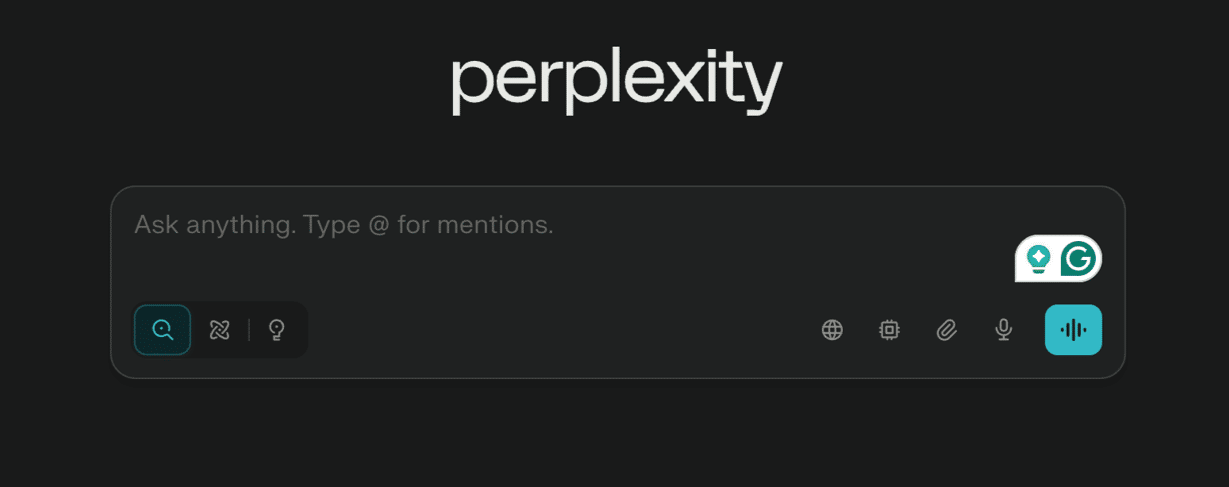
But, unlike ChatGPT (which has a tendency to "hallucinate" information) and Claude (which has an emphasis on more "human-sounding" dialogue), Perplexity is built around one thing:
Citations.
Perplexity must cite its sources for every single output.
It will cite a list of sources after every paragraph, a full list of sources at the end of its output, and you can highlight specific parts of its answers and ask it to cite the source it used for those words.

Perplexity is a gamechanging research tool for scriptwriting (and, I don't know, everything ever?!)
But here's exactly how I'm using it as a YouTuber...
How I use Perplexity in my scripts:
1/ To find things I've said in the past.
The key to my own consistency on YouTube has been to ensure I never write a script about something I haven't carefully thought about in the past.
Instead, I always convert a past newsletter or series of tweets - where I've already spent time thinking and writing about new concepts.
(I strongly encourage this practice by the way - if you're struggling to be consistent on YouTube, look to old pieces of your writing in any medium, and convert them to YouTube scripts.)
But sometimes I can't remember where I wrote about a particular topic.
Which is when I'll simply ask Perplexity to help me:
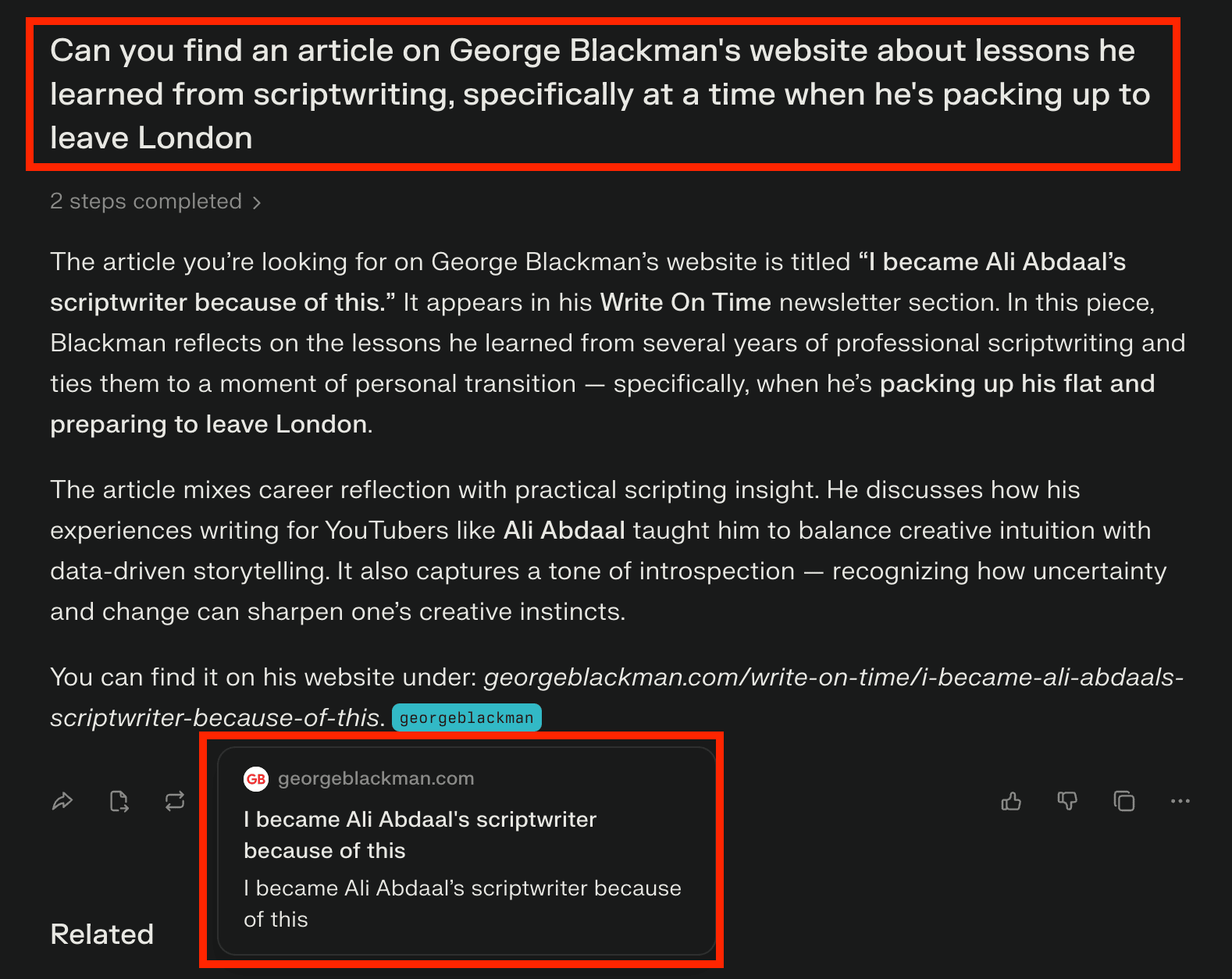
2/ Bulking out scripts with additional research.
If you need additional sources to back up a point you're making in a script, or simply a faster way to research a script, Perplexity shines once again.
I'll often describe a scriptwriting framework or retention principle I'm trying to teach, and ask Perplexity whether there's any scientific research (usually in the realm of psychology) that might help explain why the technique I'm teaching is effective.

There is a risk of confirmation bias here, so it's important to check the sources it's drawing on are reputable, but at least Perplexity does cite those sources so you can check.
Which is more than can be said for ChatGPT and Claude.
My Business Model Got Roasted on a Podcast 🎙️

I have a business dilemma.
For the last few months, I've been on the cusp of entirely rebuilding the marketing for my biggest revenue driver.
But, honestly? I'm scared to mess with a system that mostly works pretty well.
So, last week, I made an appearance on The Growth Question podcast, where my business coach Craig Shoemaker and his awesome co-host Jon Brosio helped me work out what to do.
If you're interested in hearing their advice, and how YOU could implement the exact same things in your business, I think you'll like this!
Watch It Here!
That's all for this week.
Have you used Perplexity yet? If so, how are you using it? Reply to this email and let me know!
Speak soon,
George 👋
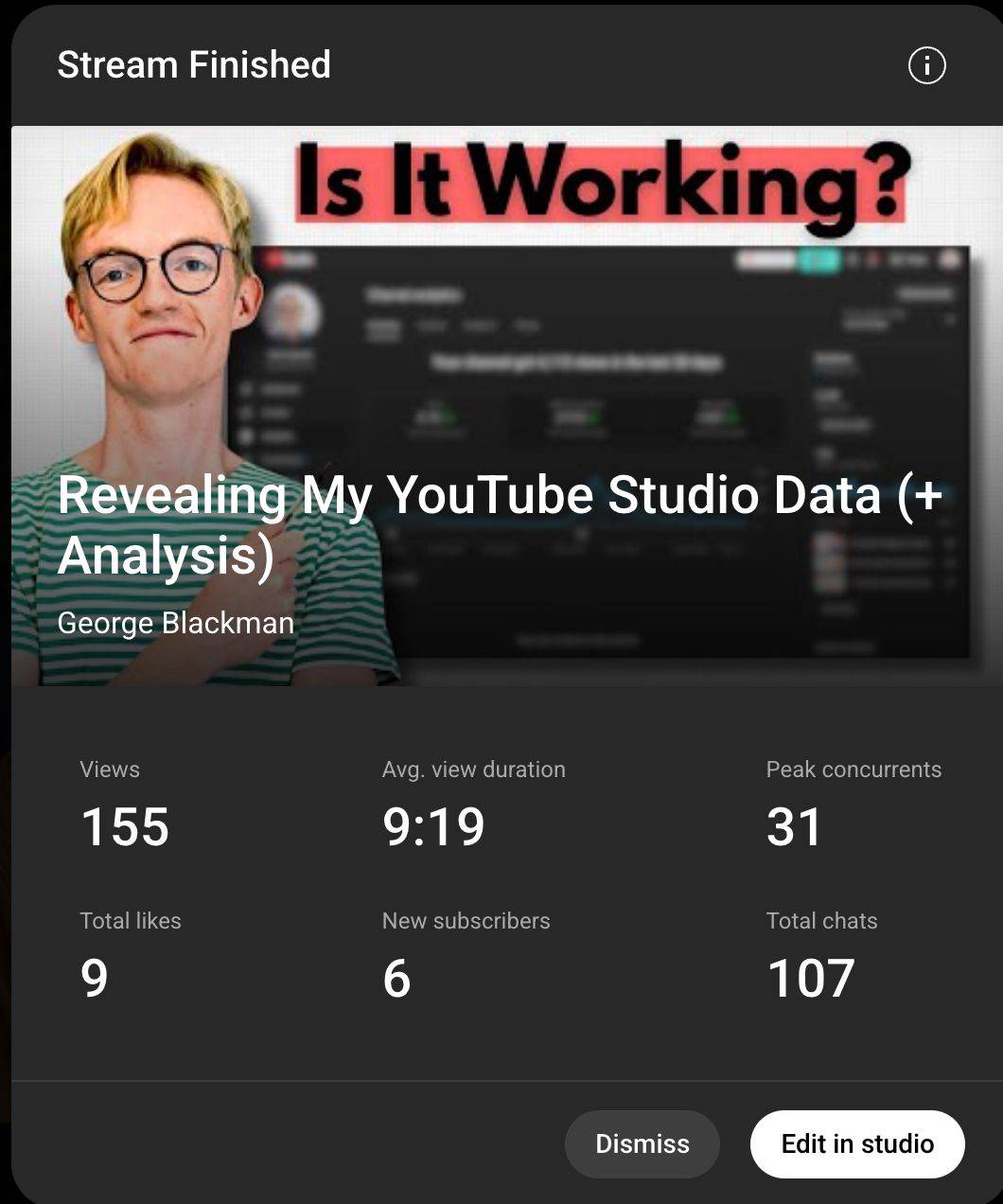
Is my YouTube channel actually working?
Last week, I went live and open-sourced my entire YouTube Studio!
We broke down:
- My fastest-growing video (and why it might have been a mistake).
- Retention issues, traffic sources, and end-screen CTR wins.
- Lead magnet conversions.

Missed it? Watch the Replay here!
Biggest takeaways:
1. Consistency is more important than individual stats.
As I hinted at in an earlier newsletter, my stats are all over the place:
- Poor first 30s retention (50-60%).
- Loads of new viewers, hardly any casual returning viewers.
- Suggested traffic coming from completely random videos.
On paper, it's a mess.
But, the reality is this:
YouTube doesn’t know who I am or who my videos are for yet.
If the platform doesn’t know who to show me to, then over-analysing tiny CTR differences or obsessing over early retention is procrastination pretending to be “strategy”.
So instead, I’ve set a very boring - but attainable - north star:
- Make a video every two weeks.
- Make those videos for a highly specific audience (like you!)
Everything else is secondary for now.
2. The Ali Abdaal video might have been a mistake.
My fastest-growing video is this one where I basically just rinse Ali Abdaal.
This did “well” in classic YouTube terms:
- Big initial views spike.
- Strong browse traffic.
- High CTR early on.
Then, all of a sudden... CTR dropped, browse fell off a cliff, and views dried up.
My read:
- The video benefits from Ali’s face and name
- It attracts “Ali fans”, not necessarily “I want to become a better YouTube writer” people.
Those viewers are much less likely to:
- Watch my nerdy scriptwriting videos.
- Join this newsletter.
- Become customers.
And, by seeing early positive results from an audience who would probably click Ali's face in any context, the algorithm later struggled to figure out which viewers to serve it to.
So yes, the Ali video is a “win” in that it brought more attention in the short term.
But in terms of helping the algorithm figure out who my channel is for, it's not ideal.
A video that gets fewer views from the right people is more valuable than a video that gets more views from the wrong people.
(And I even kinda knew I was shooting myself in the foot with this one... I just couldn't resist poking fun at Ali ONE more time, for old times' sake.)
3. There are SOME stats worth looking at.
Here’s what I am keeping an eye on:
a) Who my videos are being suggested next to
For the three launch videos, suggested traffic is now mostly:
- Other scriptwriting content.
- My own videos.
- My Jay Clouse interview.
Perfect. That’s what I want.
And I know I can increase the likelihood that my videos get suggested next to each other by:
- Adding them to playlists with each other, and other videos in my niche.
- Consciously making videos on similar topics.
- Using end-screens to link relevant videos together.
b) End screen click-through rate
Across the board, end screen CTR is high (often double digits, sometimes above 20%).
That tells me my structural frameworks and CTAs are working, so I don't need to change my approach.
c) Lead magnet conversion
Viewers who are downloading my free lead magnets, have provided me with some useful stats.
This lead magnet is converting at 77.6% 👇

Whereas this one is only converting at 60% 👇

My take on this?
The transformation suggested by the former is much clearer.
Ergo, I've updated the landing page for ScriptHook to try and create the same effect.
NEW VIDEO
The Easiest Retention Trick For Educational YouTubers

This video shows you a quick and easy retention trick that:
- Boosts watch time.
- Increases your authority within your niche.
- Increases the video's runtime (without you even trying).
That's all for this week.
Any questions? You can to reply to this email and I'll get back to you.
Speak soon,
George 👋
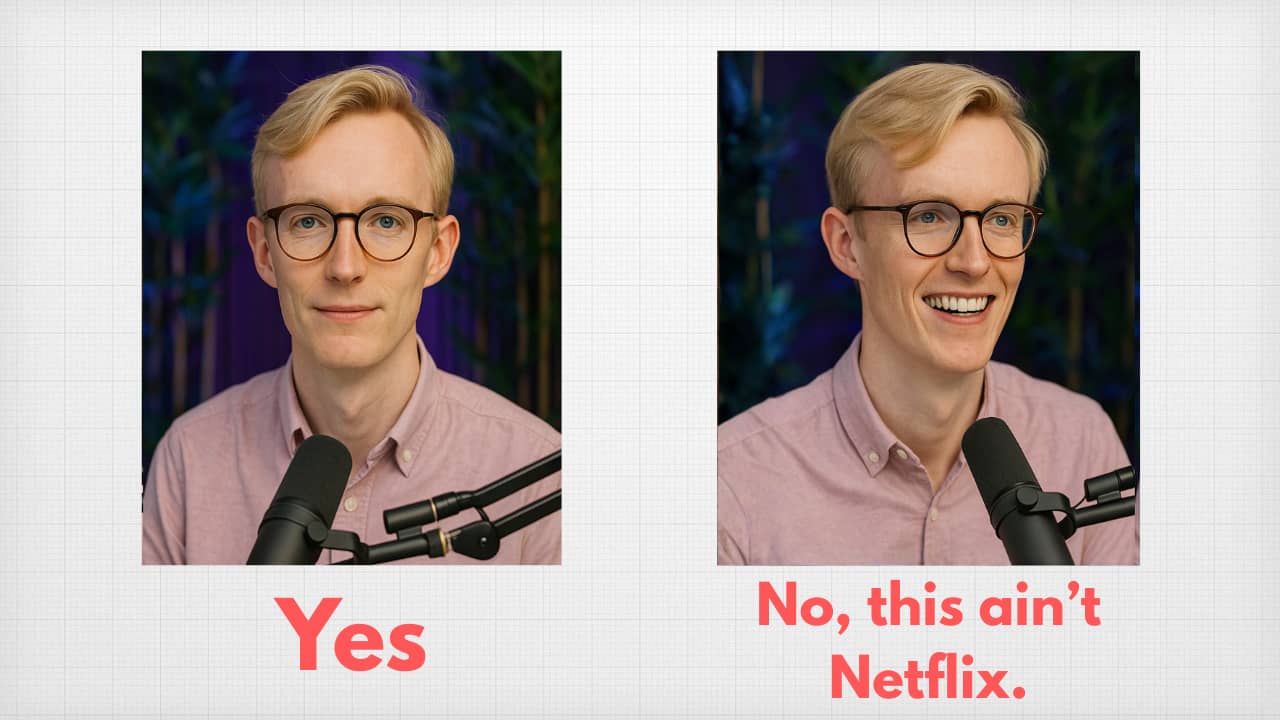
Don't let this wreck a perfect script
Sometimes, a well-written script can be wrecked by the editing.
Not by fancy effects, fast cuts or other creative choices.
But by overusing (or misusing) the simple visuals I'm about to reveal.
Here are the 7 easy-to-miss visual mistakes that I've repeatedly seen wrecking retention (so you can tell your editor to avoid them).
1/ Text appears out of sync with your voice.
Let's say you're using text to reinforce a payoff you're delivering at the end of a segment.
The audio (you speaking) and the visuals (text appearing) must be synchronised.
Yet I've often seen text appearing faster than the YouTuber is speaking.
But why is this a problem?
The reality is, your viewers can scan text faster than you can speak.
So if the text has fully appeared before you’ve finished speaking, the viewer will get bored waiting for you to finish saying what they already read.
Ideally, text should appear exactly in sync with your voice.
BUT, if it has to skew one way, it’s better for the text to appear slightly slower than your voice.
2/ Relying on stock B-roll that hides your face.
Truly... TRULY... static A-Roll is preferable to impersonal, boring, ten-a-penny B-Roll.
An online inspiration of mine, Kieren Drew, recently started on YouTube, and his videos are packed with incredible information.
But, as a YouTube newbie, he's falling for the "B-Roll is better" trap.
In the first 5 seconds of this video, he's disappeared from the screen entirely, and we're left watching a rotating cycle of generic B-Roll.

The fact that stock footage makes the visuals "varied" doesn’t “hack” my attention… it just makes me lose my connection to you.
3/ Text almost matches the audio (but doesn't).
I’ll often see a YouTuber begin a segment saying something like this:
- “Next, let's talk about the very worst thing to do right after your first ayahuasca session.”
Meanwhile, the text used to reinforce this says:
- “Just done ayahuasca? Avoid this for 24 hours!”
The problem is, if your viewer notices a discrepancy between what they see and what they hear, they're likely to ascribe meaning to it, assuming it's something you've done deliberately.
This is a psychological phenomenon called "illusory pattern perception", where meaning is derived by the observer, even if there is no meaning.
And even the 0.5s it takes them to verify that what they saw and what they heard were saying the same thing, but in slightly different ways is enough to cause "comprehension lag".
In that time, they've missed the next thing you said, and they now have to try and catch up.
So make sure on-screen text headings like this contain highly similar vocabulary to your spoken word (e.g. "The Worst Thing to Do After Ayahuasca")
4/ Confusing visual “language”.
Recently, I saw a video that used a small “checklist” style graphic in the hook to represent the key points he would reveal during the video.

So far, so good - this helps illustrate the video’s structure.
But then, he used the same graphic later to create an entirely different “list” related to a different topic.
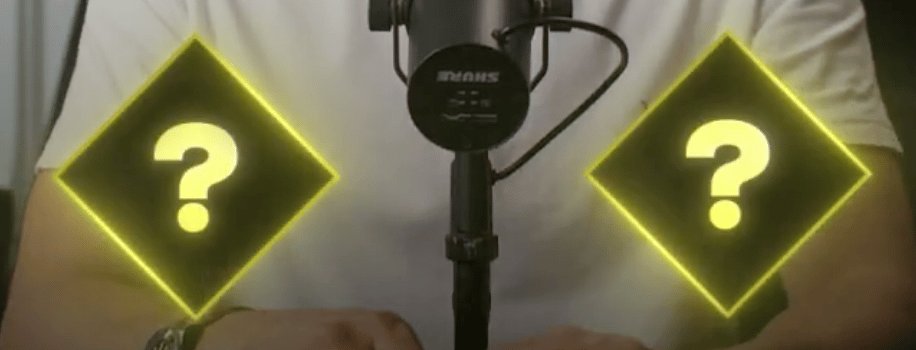
Avoid this at all costs.
If you’ve used a graphic during the hook to help create a sense of the video’s structure, do not use that same graphic for another list within the same video.
5/ Lots of text with no visual guide indicating what to focus on.
For example, if your video contains a screen-recording of an article, or a large wall of text in any other context.
You must guide your viewer's eye to the relevant text, even if you're reading it out.
Otherwise, our eyes will wander and we'll lose track of what you're saying.
6/ Including a second camera angle to make it look like... you're being interviewed for a Netflix show?
Ok... I have no retention-based evidence that this is bad.
And I know it's helpful to cut between angles so you can hide any mistakes.
But it looks kludgy af and you should stop it 😆
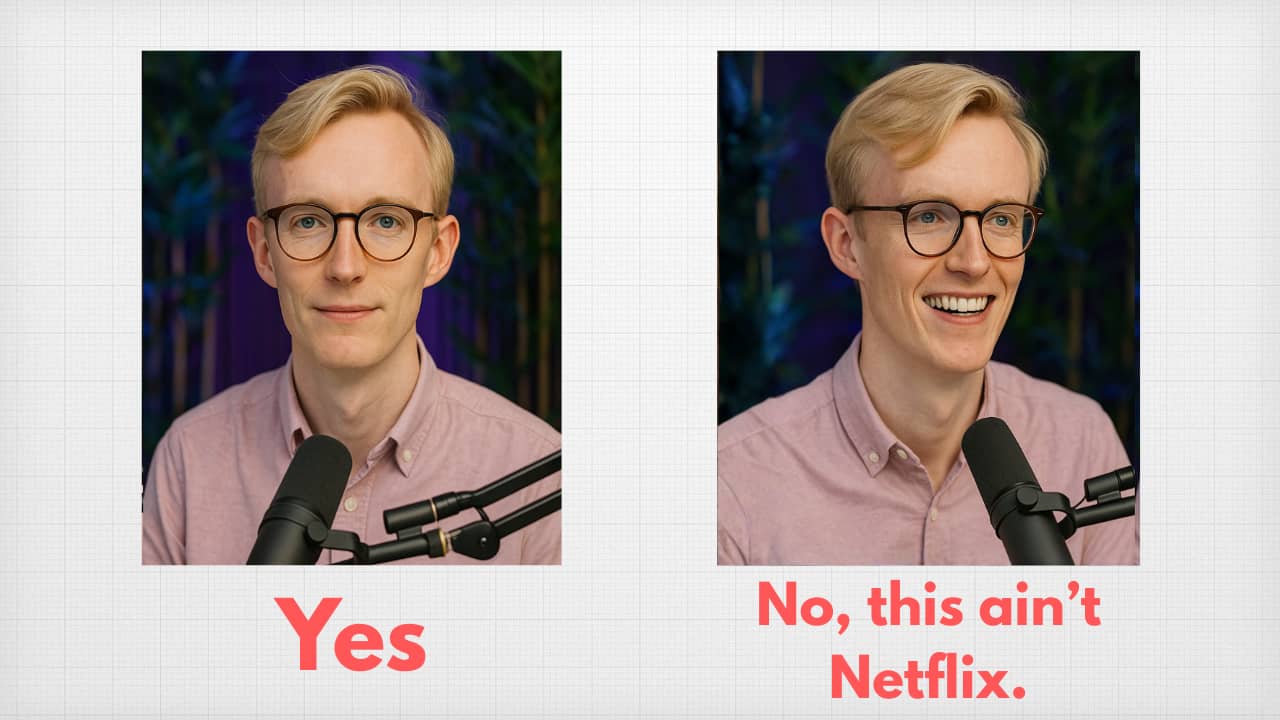
7/ Text is thrown on-screen for the sake of it.
Whenever we put text on-screen, this ascribes it a degree of importance.
So overusing text will reduce its effectiveness in moments that truly do matter.
Ergo, be picky with when you use text - on my channel, I’m pushing towards only using it in 3 instances.
- Hook checklist.
- Chapter opener.
- Lower-third takeaway.

Remember: if a visual isn't actively increasing the viewer's clarity, it's either doing nothing - or it's reducing their clarity.
That's all for this week.
Any questions? You can to reply to this email and I'll get back to you.
Speak soon,
George 👋
Trusted by creators in a bunch of niches







I've written for 10+ channels, advised on content from 40+ niches, and consulted with 10,000,000+ subscriber creators.
People have said nice things!

Ali Abdaal
@aliabdaal
400m+ Views
5m+ Subcribers

Justin Moore
@creatorwizard
470k+ Views
46k+ Subcribers

Abi Connick
@abiconnick
21m+ Views
322k+ Subcribers

Jake Thomas
@creatorhooks
6m+ Views
40k+ Subcribers

Mike Shake
@mikeshake
650m+ Views
3.3m+ Subcribers

Creator Booth
@creatorbooth
1m+ Views
34k+ Subcribers
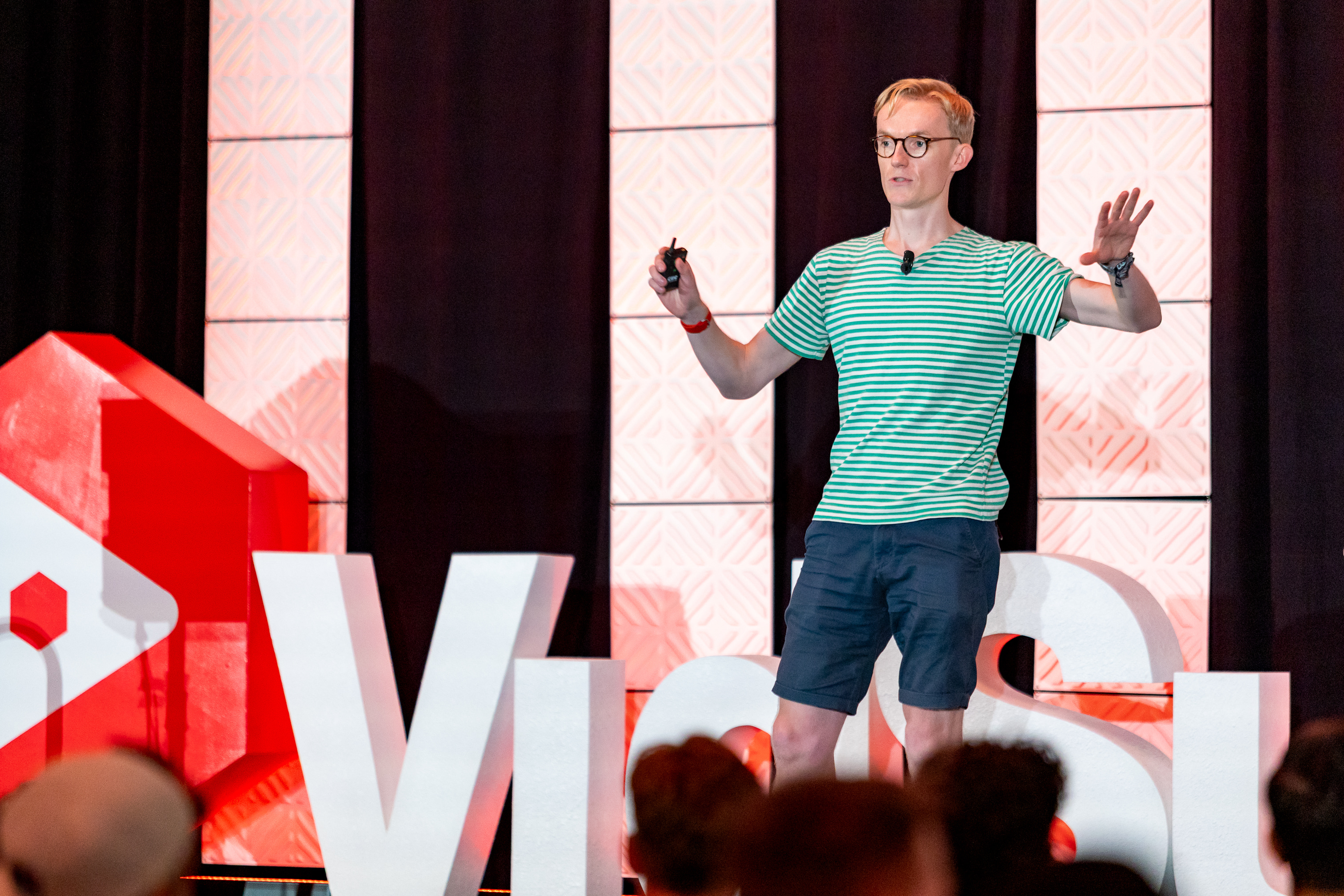
Hey, I’m George 👋
I started as a full-time scriptwriter for Ali Abdaal, and have since worked with creators between 30,000 subscribers, all the way up to 10,000,000+.
I'm on a mission to educate both YouTubers and writers about the impact scriptwriting can have on a channel.
Whether your goal is to increase retention, grow a loyal audience, boost AVD, skyrocket end-screen CTR, or simply make the process of making a video less stressful…
...I'm here to help you do that through smartly scripted YouTube videos.
+
k+
m+
Latest Podcast Episodes
Create more engaging videos with simple, actionable scriptwriting tips.
Join 5,000+ scriptwriting nerds reading “Write On Time”. Insights from writing for multi-million subscriber YouTubers sent to your inbox every Friday.

.png)
.png)

.jpg)




